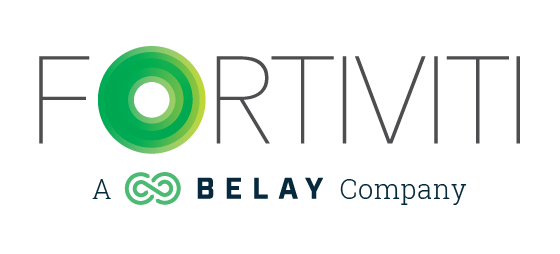When it’s time to purchase new equipment for your business, you need to determine how you will purchase it. Will you finance or pay cash? There are pros and cons to each option that should be considered before entering finalizing any purchase.

Paying Cash:
Pros:
-
- By paying cash, you avoid interest charges, which adds to the overall cost of the vehicle. Even in a 0% interest situation, you’re typically giving up rebates or other cost-reductions, making the cost of the equipment more expensive.
- If you pay cash for equipment purchases, you know you can afford it. By paying for new equipment out of your cash reserves, you do not have to wonder if your business can sustain the monthly financing payment throughout the duration of the loan.
Cons:
-
- When you pay cash for new equipment, you are reducing your cash reserves. This may cause some level of uncertainty and discomfort should you encounter a decrease in revenue or other market factors that reduce your cash flow.
Financing:
Pros:
-
- You reserve your cash, which allows you to have a cushion should you encounter a shift in the market or a decline in revenue. You also have cash available to take advantage of new opportunities that may come your way.
- You do not have to save up the cash before you make a purchase.
Cons:
-
- You have delayed paying for the equipment, which means that you’ll have additional cash outflow in future years, possibly causing a strain on cash should there be a decline in business during that period.
- The overall cost of the equipment is higher due to the financing costs.
Tax Considerations:
Another consideration when purchasing new equipment is whether or not to take the deprecation on that equipment at the time of purchase (using special depreciation allowances) or to depreciate the equipment over a period of time. While it can be beneficial to this year’s tax bill to take the deduction now, it’s important to understand how this will affect your tax bills in future years, especially if you finance.
Many business owners get the advice to purchase a new piece of equipment at the end of the year to help reduce their tax bill. They go out and buy a $200,000 piece of equipment, so that they can save $70,000 in taxes. In most cases, they don’t actually have the cash to make a $200,000 purchase, so they finance the purchase. This seems like a great deal in the year they do it. They saved $70,000 in taxes and there was little to no cash out of pocket. The monthly payments of $3,800 seem easy enough to manage and there is now $70,000 extra in the bank account to make sure they are covered. However, now they have a new problem. The business will now have $46,000 in cash payments to cover the debt service in each of the next 5 years. Only $11,000 of that is deductible in the first year as interest (and less each year following), which means, there is $35,000 of cash going out the door that cannot be deducted on next year’s taxes (and each year after that until paid off). The $70,000 in tax savings, was really only a delay in paying those taxes, not an actual reduction. In addition, the $200,000 piece of equipment will actually cost $231,000, therefore costing the company $31,000 more than if they had paid cash.
There are many other factors to consider here (time value of money, tax law changes, etc.), but beware of the “let’s buy a piece of equipment so we can save on our taxes” advice. It rarely works out the way you want it to.
As you consider whether you should purchase your new equipment outright or finance, analyze all factors and make the best decision for your business at the time. Use our finance calculator to help you determine which option is best for your business.
Posted in Accounting Solutions, General, Small Business Accounting
